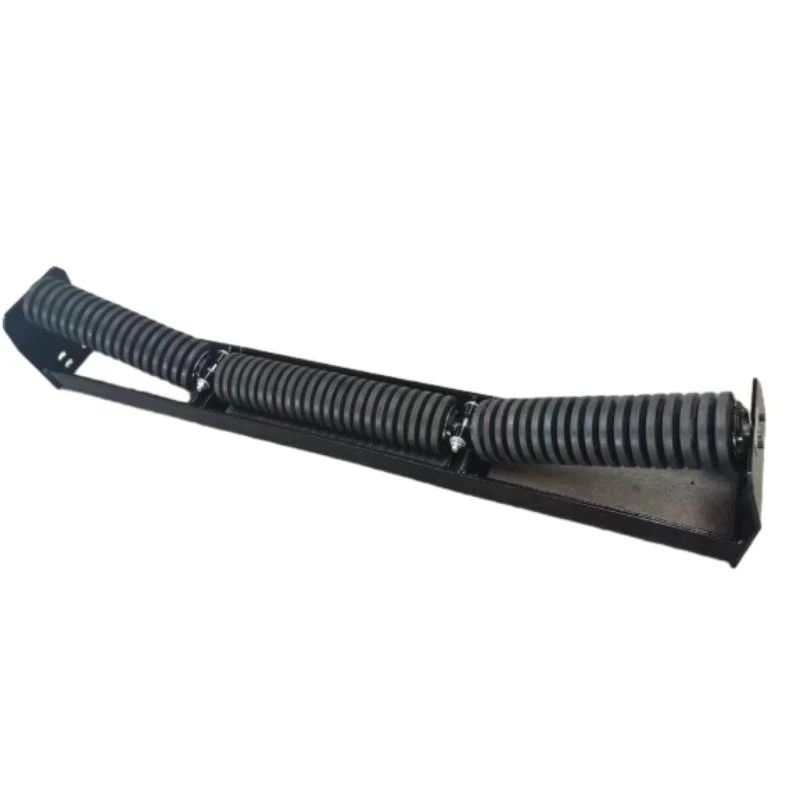 Afrikaans
Afrikaans  Albanian
Albanian  Amharic
Amharic  Arabic
Arabic  Armenian
Armenian  Azerbaijani
Azerbaijani  Basque
Basque  Belarusian
Belarusian  Bengali
Bengali  Bosnian
Bosnian  Bulgarian
Bulgarian  Catalan
Catalan  Cebuano
Cebuano  Corsican
Corsican  Croatian
Croatian  Czech
Czech  Danish
Danish  Dutch
Dutch  English
English  Esperanto
Esperanto  Estonian
Estonian  Finnish
Finnish  French
French  Frisian
Frisian  Galician
Galician  Georgian
Georgian  German
German  Greek
Greek  Gujarati
Gujarati  Haitian Creole
Haitian Creole  hausa
hausa  hawaiian
hawaiian  Hebrew
Hebrew  Hindi
Hindi  Miao
Miao  Hungarian
Hungarian  Icelandic
Icelandic  igbo
igbo  Indonesian
Indonesian  irish
irish  Italian
Italian  Japanese
Japanese  Javanese
Javanese  Kannada
Kannada  kazakh
kazakh  Khmer
Khmer  Rwandese
Rwandese  Korean
Korean  Kurdish
Kurdish  Kyrgyz
Kyrgyz  Lao
Lao  Latin
Latin  Latvian
Latvian  Lithuanian
Lithuanian  Luxembourgish
Luxembourgish  Macedonian
Macedonian  Malgashi
Malgashi  Malay
Malay  Malayalam
Malayalam  Maltese
Maltese  Maori
Maori  Marathi
Marathi  Mongolian
Mongolian  Myanmar
Myanmar  Nepali
Nepali  Norwegian
Norwegian  Norwegian
Norwegian  Occitan
Occitan  Pashto
Pashto  Persian
Persian  Polish
Polish  Portuguese
Portuguese  Punjabi
Punjabi  Romanian
Romanian  Russian
Russian  Samoan
Samoan  Scottish Gaelic
Scottish Gaelic  Serbian
Serbian  Sesotho
Sesotho  Shona
Shona  Sindhi
Sindhi  Sinhala
Sinhala  Slovak
Slovak  Slovenian
Slovenian  Somali
Somali  Spanish
Spanish  Sundanese
Sundanese  Swahili
Swahili  Swedish
Swedish  Tagalog
Tagalog  Tajik
Tajik  Tamil
Tamil  Tatar
Tatar  Telugu
Telugu  Thai
Thai  Turkish
Turkish  Turkmen
Turkmen  Ukrainian
Ukrainian  Urdu
Urdu  Uighur
Uighur  Uzbek
Uzbek  Vietnamese
Vietnamese  Welsh
Welsh  Bantu
Bantu  Yiddish
Yiddish  Yoruba
Yoruba  Zulu
Zulu drive pulley
Understanding Drive Pulleys Mechanics and Applications
A drive pulley is an essential mechanical component used in various drive systems, including vehicles, conveyor belts, and numerous industrial machines. Its primary function is to transfer power from one shaft to another through a belt or chain, facilitating motion and enabling the operation of machinery. This article explores the mechanics, types, and applications of drive pulleys, underscoring their significance in modern engineering.
The Mechanics of Drive Pulleys
At its core, a drive pulley operates on simple mechanical principles. The drive pulley is mounted on a rotating shaft, and as the shaft turns, the pulley rotates with it. A belt or chain is looped around the drive pulley and another pulley (the driven pulley). As the drive pulley spins, it imparts kinetic energy to the belt or chain, which then transfers that energy to the driven pulley, causing it to rotate as well.
The efficiency of a drive pulley system largely relies on several factors, including the materials used, the design of the pulleys, and the tension of the belt or chain. Proper alignment and installation are crucial to minimize wear and ensure optimal performance. Common materials for pulleys include steel, aluminum, and various composites, chosen for their strength, weight, and durability.
Types of Drive Pulleys
Drive pulleys come in various configurations, each tailored for specific applications. The most common types include
1. Fixed Pulleys These are mounted in a fixed position and provide a pivot point for the belt or chain. They do not change position during operation.
2. Movable Pulleys These can change position along the belt or chain path, enabling the system to lift loads or adjust tension dynamically.
drive pulley

3. Idler Pulleys Used primarily to guide or tension a belt rather than transmit power, idler pulleys help maintain the proper belt alignment and ensure smooth operation.
4. Variable Diameter Pulleys These can change their diameter during operation, allowing for adjustable speeds and torque output in certain applications.
5. Belt Drive and Chain Drive Pulleys Depending on the type of medium used (belt or chain), the design and spacing of the drive pulleys differ, affecting power transfer efficiency.
Applications of Drive Pulleys
Drive pulleys are ubiquitous across various industries. In automotive applications, they play a critical role in the powertrain, where they are used in engine belts to drive components such as alternators, power steering pumps, and air conditioning compressors. The precise engineering of these pulleys ensures that the engine operates efficiently while minimizing the risk of component failure.
In industrial settings, drive pulleys are integral to conveyor systems, where they facilitate the movement of goods and materials. By configuring multiple pulleys in tandem, operations can achieve complex material handling solutions suitable for large-scale manufacturing processes.
Moreover, in amusement parks, drive pulleys are used in rides that require high levels of safety and reliability. The precise engineering ensures that rides operate smoothly, highlighting the importance of drive pulleys in recreational engineering.
Conclusion
Drive pulleys, though often overlooked, are critical components in a wide array of mechanical systems. Their ability to transfer power efficiently and reliably makes them indispensable in automotive, industrial, and recreational applications. As technology advances, the design and engineering of drive pulleys continue to evolve, leading to more efficient and durable products that meet the demands of modern machinery. Understanding the mechanics and applications of drive pulleys not only highlights their significance but also paves the way for innovations that could further enhance their performance and versatility in various fields.
-
Revolutionizing Conveyor Reliability with Advanced Rubber Lagging PulleysNewsJul.22,2025
-
Powering Precision and Durability with Expert Manufacturers of Conveyor ComponentsNewsJul.22,2025
-
Optimizing Conveyor Systems with Advanced Conveyor AccessoriesNewsJul.22,2025
-
Maximize Conveyor Efficiency with Quality Conveyor Idler PulleysNewsJul.22,2025
-
Future-Proof Your Conveyor System with High-Performance Polyurethane RollerNewsJul.22,2025
-
Driving Efficiency Forward with Quality Idlers and RollersNewsJul.22,2025





























